Tuesday 10th September - Sowing Seeds, Making Cakes and Celebrating Your Local History
Class Notes... A Bit More About Bandhas
Last week I wrote about Mula Bandha, also known as the Root Lock, which is one of the 3 main bandhas that are used in the practice of yoga. This internal engaging of the pelvic floor muscles at the lower end of the spinal column contains the energy within the body and helps us to feel lighter and uplifted. Let's move up the body now to the top of the spinal column and look at Jalandhara Bandha, also known as the Throat Lock. The action of lifting the sternum towards the chin, while at the same time lowering the chin towards the sternum, narrows and contracts the throat area so that the breath travels more slowly and consciously in and out of the body. The action of Jalandhara Bandha also improves concentration by encouraging focused attention, it massages and balances hormone production in the thyroid gland and also helps to regulate the internal pressure caused when the breath is retained in some Pranayama practices.
Beginners should start to learn this practice by engaging Jalandhara Bandha on the exhalation only, lifting the head back to upright before taking the next inhalation. To do this sit in a comfortable cross-legged position with the spine tall, eyes closed. On an inhalation press the palms of the hands onto the thighs and press the shoulder blades onto the back to lift the sternum. At the end of the inhalation lower the chin to the niche between the collarbones while still lifting the sternum up, creating Jalandhara Bandha. Don't drop your head and shoulders forward and down - the back stays upright and the skull pivots to lower the chin. Exhale slowly with Jalandhara Bandha engaged - your breath will make a soft hissing sound as it travels over the narrowed airway. Then slowly raise your head to take your next inhale. With practise you can progress to retaining the Throat Lock for both the inhalation and exhalation. You might find that you naturally take the position of Jalandhara Bandha in postures such as Sarvangasana (Shoulderstand) and Setu Bandha Sarvangasasana (Bridge Pose) and you'll come across it in many Pranayama practices too. Please note that it is helpful to learn about the Bandhas and the Pranayama practices from an experienced teacher as there are some contraindications with each one - those with high blood pressure and neck injuries should avoid Jalandhara Bandha.
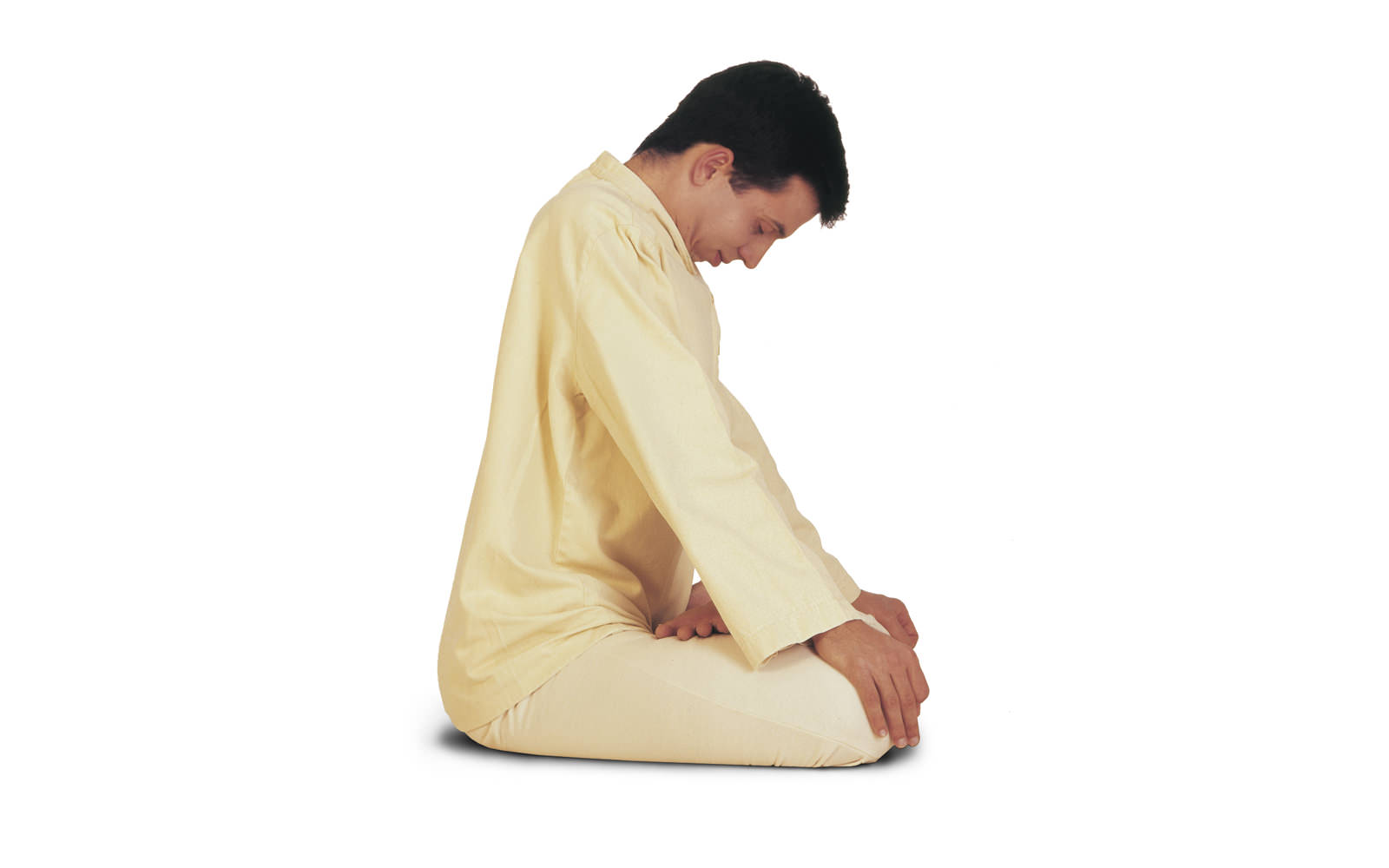
This Week's Recipe...Blackberry Oat Crumble Bars
Here's a seasonal recipe for you. I love going blackberrying and this weekend I found out that my little dog Flo does too. She likes to eat them! As long as I keep up a steady supply of 'treats' for her she's happy to wait while I forage. In previous years I've collected loads and then put them in the fridge for a couple of days only to lift the lid and find that they've gone mouldy. Not this time! I collected a large tupperware full and decided to make these biscuity-cake bars that I'd seen in the Holland & Barrett magazine straight away. They are gluten-free, sugar-free and vegan too, and are easy to make.
You will need:
310g rolled oats
120g almond flour (I used a packet of ground almonds which is similar enough for this purpose)
half a teaspoon of salt
half a teaspoon of cinnamon (optional)
100g coconut oil, melted
117g of honey, or maple syrup if you're making it vegan
32g of cashew butter, or any other nut or seed butter (I used almond butter)
340g blackberries
And here's how to make them:
Preheat the oven to 350F, 180C, gas mark 4 and line an 20x20cm baking tray with parchment paper.
Combine the oats, almond flour, salt and cinnamon in a food processor. Pulse to chop the oats and combine the ingredients.
In a small saucepan, melt the coconut oil and stir in the maple syrup or honey and the cashew or almond butter.
Pour the liquid ingredients into the dry ingredients in the food processor and blend until the mixture comes together (make sure there are no dry spots).
Set aside about 100g of this mixture to use as topping later, then evenly distribute and press down the remaining mixture into the parchment-lined baking tray. Prick the crust with a fork a few times to allow steam to escape and bake for 10 mins.
While the crust is baking, put the blackberries in the food processor and pulse a couple of times to break them up.
Remove the baking tray from the oven and pour the blackberry puree over the crust. Crumble the saved oat mixture evenly over the top and bake for 20-25 minutes, until the topping is golden brown.
Remove from the oven and allow to cool completely for an hour before placing in the fridge for at least 4 hours until completely set.
Remove from the pan by lifting the edges of the parchment paper and cut into bars.
Enjoy!
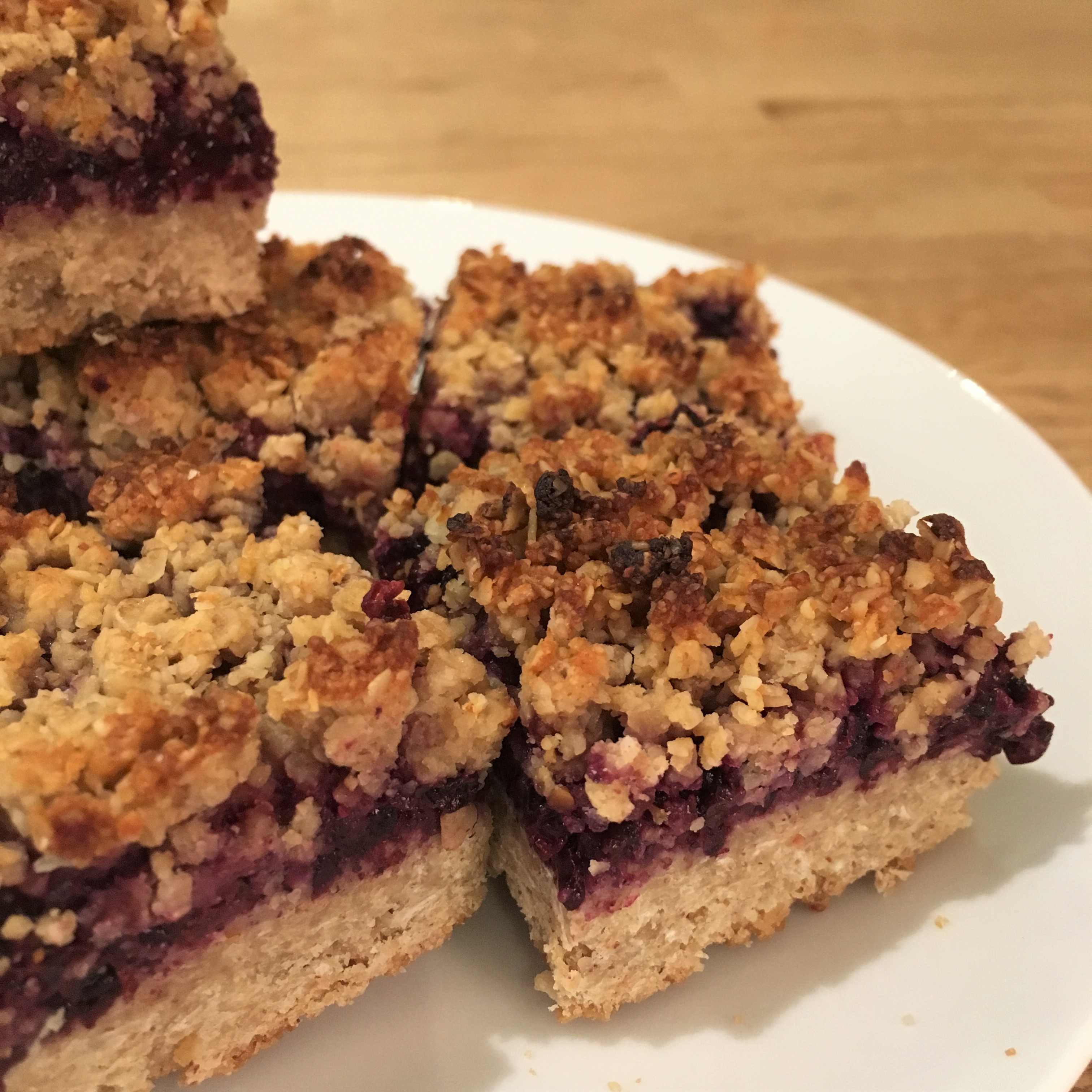
This Week's Mother Nature's Magic...Sowing Hardy Annuals
This is the perfect time to sow some hardy annuals in your garden for flowers next spring. The ground is warm and some wet weather is surely coming which will provide the perfect germinating conditions for these seeds. Annuals are plants which germinate, grow, flower, set seed and die within the space of one year. The fact that they are labelled 'hardy' means that they will survive the winter without any care or protection, and by sowing them now they'll be stronger and more advanced than spring-sown plants, giving you earlier flowers and less work to do in the gardener's busy time next year.
They're so easy to grow - all you need to do is:
- clear your patch of earth of weeds, grass and other plants
- lightly fork over the surface of the soil and then rake it so it is crumbly - the technical gardening term is 'a fine tilth'
- create a drill or channel by running your finger or a stick through the soil
- sprinkle the seeds sparsely along the drill - you don't want them to grow all clumped together
- using your hand, gently cover the seeds with the soil that you pushed away
- water gently with a watering can with a fine rose (the nozzle bit with the little holes in) - you don't want to chuck on a big slosh of water or it will wash the seeds away somewhere else
- put a label in to mark where and what your seedlings are - you'll have forgotten by next year! (I use old lolly sticks marked with a Sharpie pen)
- keep an eye on them to make sure they don't dry out and water them if we don't get any rain
Here are 5 types of hardy annuals that you can pick up in the garden centre for a couple of pounds a packet right now.
Calendula (pot marigolds)

Cornflower (Centauria cyanus)
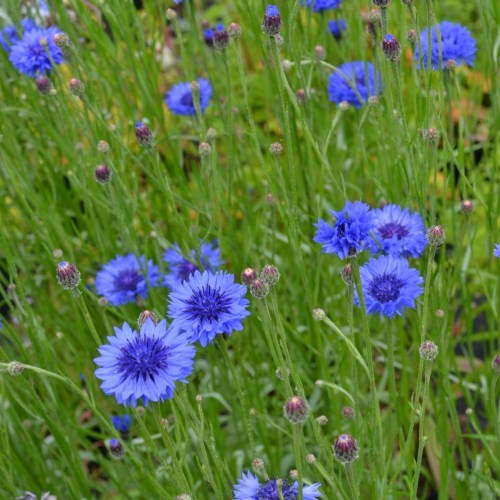
California Poppies (Escholzia californica)
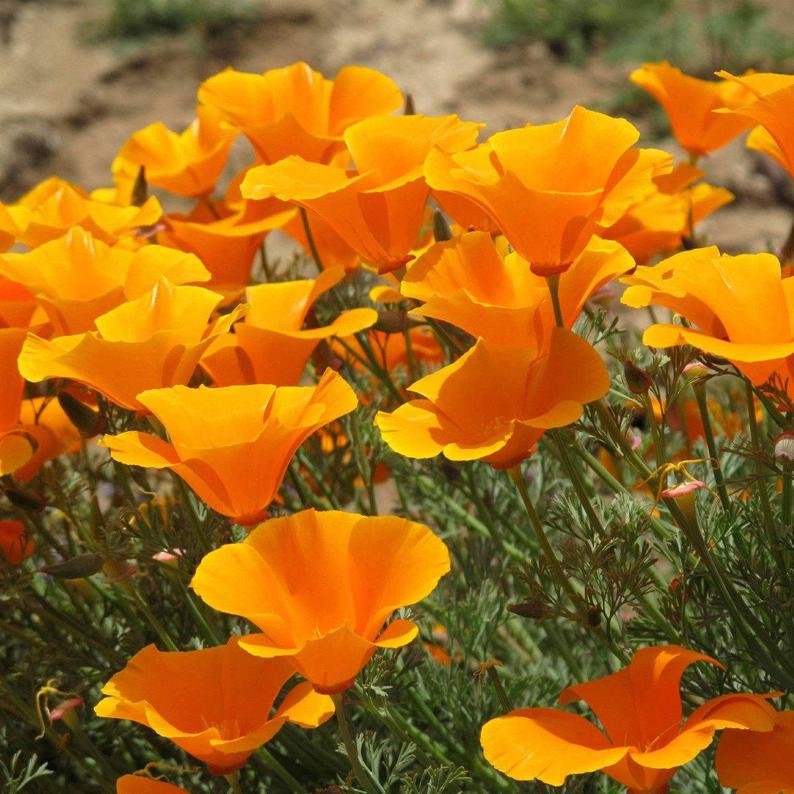
Clary Sage (Salvia viridis) in my rather wild and unruly garden
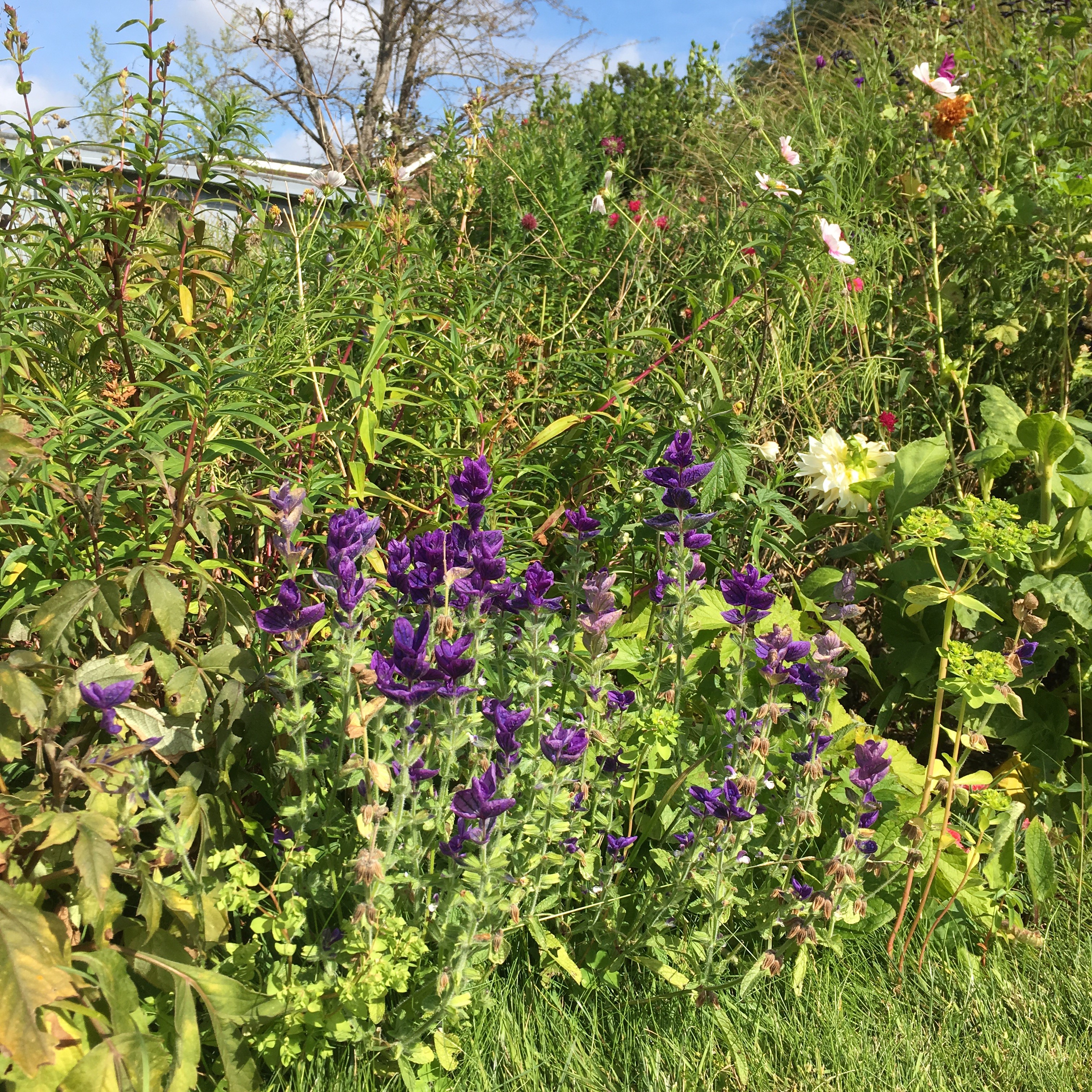
Love-in-a-Mist (Nigella damascena)
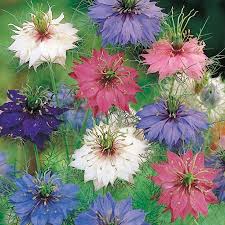
This Week's Musical Offering...
Tuva by Garth Stevenson. I play a lot of this double-bassist and composer's music in my classes. His work is atmospheric, peaceful and fits well into the latter part of the practice when we're slowing down or in Savasana. You'll hear a unique vocal towards the end of this track - it's Tuvan throat singing, an ancient folk tradition which comes from the Siberian region of Tuva, situated in southern Siberia next to Mongolia.
And I'll Leave You With... Something To Do This Coming Weekend...
The 13th September sees the start of the Heritage Open Days Week where, across the UK, interesting buildings that are usually not open to the public invite us in through their doors for a look around. From country houses to churches and from castles to colleges, there's the opportunity to take a closer look and discover the secrets of your local history. Click here to see the Search page of the Heritage Open Days website where you can enter your postcode to see what's on nearby.






